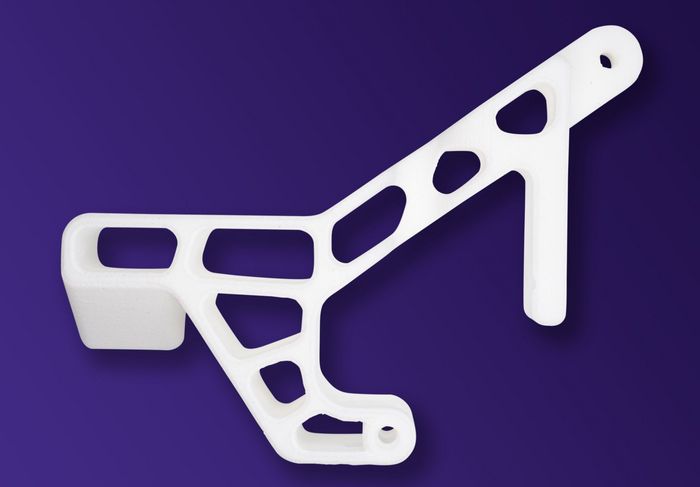When 3D printing with Selective Laser Sintering (SLS) technology a plastic powder is applied in thin layers to a building platform. The layers are sintered with a laser beam, causing the powder to be heated to a temperature just below melting point and bonded. Layer by layer, the SLS 3D printed component is built up from bottom to top.
This generative layering process allows undercut contours to be created, even overhanging structures can be printed without any problems. Support structures are not necessary, as the components are stabilised in the powder bed during additive manufacturing.
The 3d printing SLS process is excellent for producing rapid prototypes. The decisive factors are the low costs and the high chemical, mechanical and thermal resistance. Different materials offer the desired properties depending on the intended use:
- Aluminium reinforced (PA-AL)
- Chemically resistant (PP)
- Fibre reinforced (HST)
- Firm and flexible (PA-12)
- Glass reinforced (PA-GF)
- Rubbery (flex)
- Rubbery (TPU)
Depending on the properties of the required component, MJF is an alternative to SLS. Read more about it here: SLS or MJF






